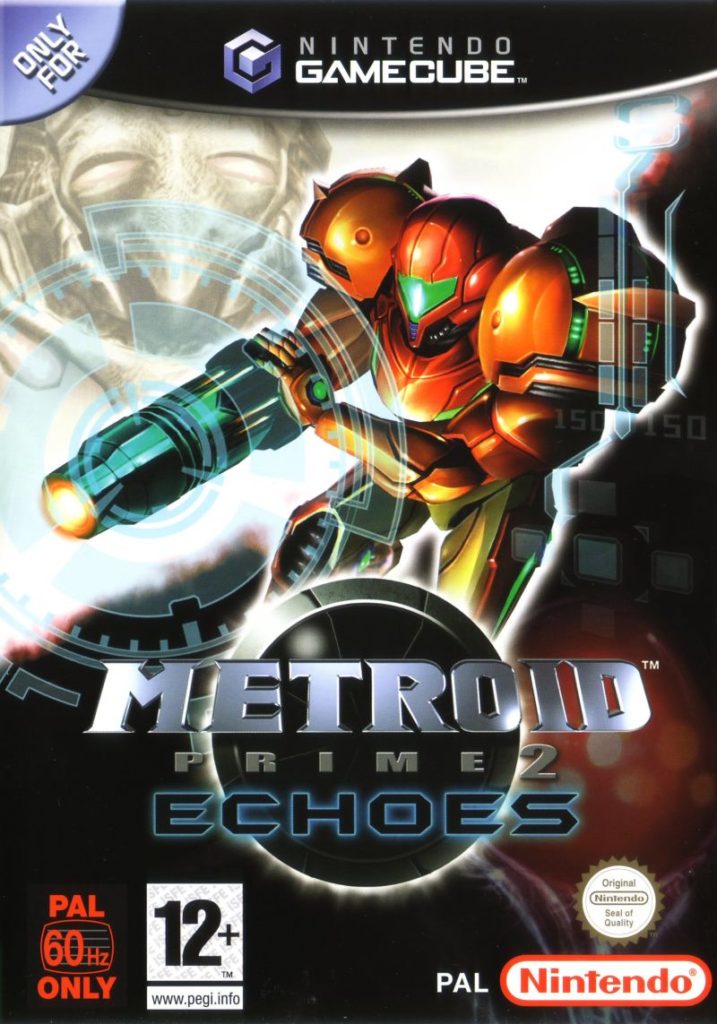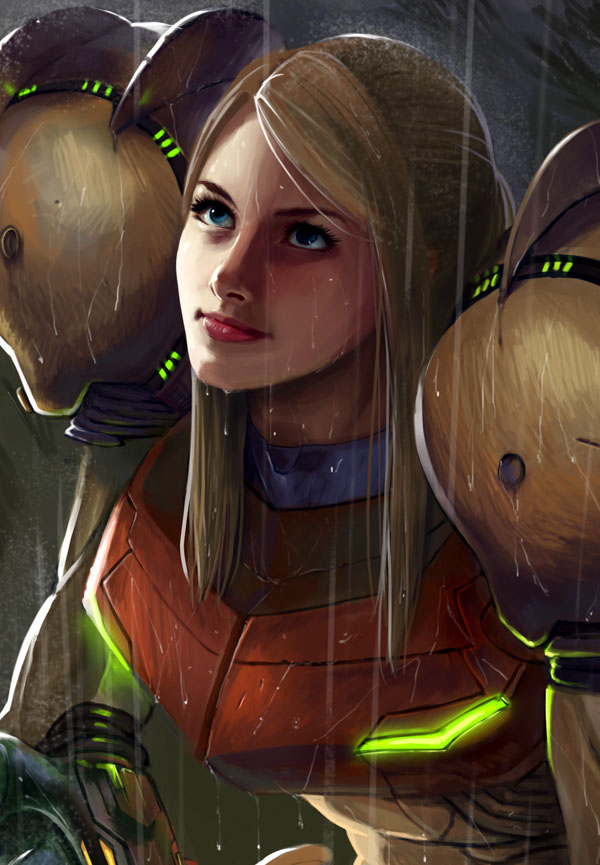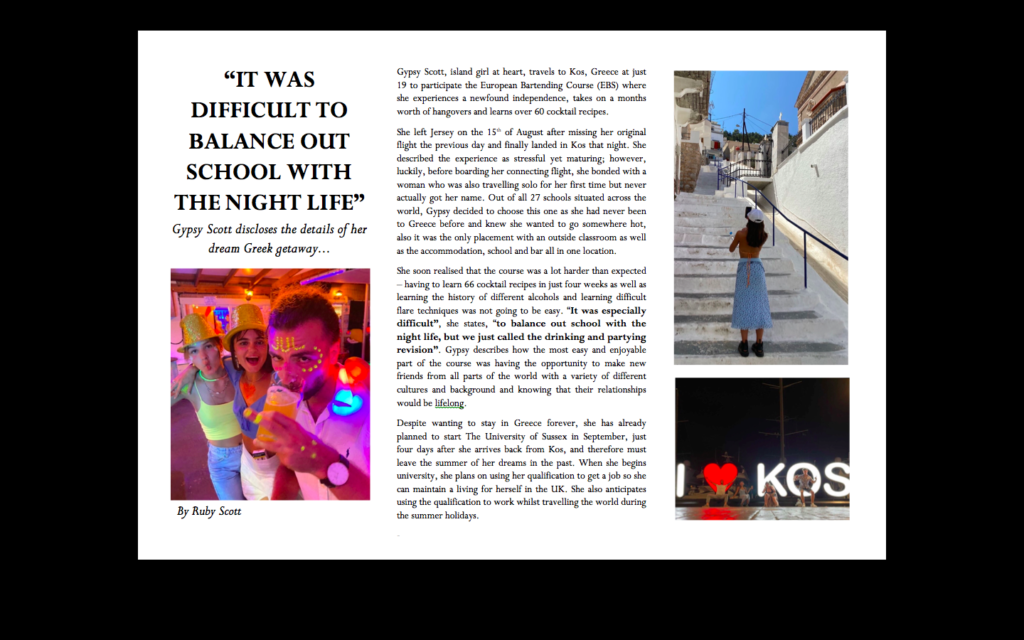
Summer Task


This was the style model I used

During your media course there will be a number of media texts that you are required to study, which COULD be in your final A2 exams. They are called CSP’s (Close Study Products). For more information from the board follow this link or open the linked document below.
Make 3 powerpoint slides. One has Tomb Radier cover, the second has Metroid cover, the last has the back cover of Tomb Raider. Identify as many different elements in each cover as possible. In other words, what can you see? Label everything you can see eg main image, age rating, manufacturer name etc. Identify all of the visual elements that support the main image eg colour boxes, background colours, textures, shapes, hard lines, other random / arbritary elements. Save you ppt slide as a JPEG and upload to the blog.
Use the following categories: Exam Prep, Semiotics, Metroid, Tomb Raider,



For example, this article is headed “My childhood crush on Samus is probably why my ex looks like her“ seems to bring up some interesting ideas about our relationship between fictional representation and our factual lives.

As part of your task above, apply the key semiotic terms (the 19 definitions you have previously completed). In other words, you should be able to break down all of the elements that have been used in each game cover as well as recognising what function or concept they are fulfilling.
For example, A is an iconic signifier because it resembles B. C is used as an indexical link towards D. E is a symbolic signifier and is used to . . .
Similarly, make sure you are clear as to whether the elements that are put together are radical or reactionary. In other words, what kind of representation is presented?
Essentially what you are producing is a TEXTUAL ANALYSIS. That is you are analysing a media text. This means that you are identifying the individual specific elements (ie the Language of the products) towards what those elements mean when they are put together (ie the Representation of the product).
It may be useful to look at some (similar) work carried out by Feminist Fequency, for example this post (which includes the video below) about body language and The Male Gaze.

Masthead for my Summer work that’s based on motorised vehicles.


Iconic sign: – Camera, newspapers
Indexical sign: Newspaper headliner, camera lens, newspaper article
Symbolic sign: Blue gradient, white newspaper associated with what we know of newspapers, media studies a level text



On your Header / Banner post provide 3 examples / illustrations of indexical, iconic and symbolic signs.
this link may help you to understand the distinction between syntagm and paradigm, but please do not worry about it! It is very confusing, highly specific and your understanding will develop over time.
You need to know all of these words for your exam as you will get tested on any number of them as a short answer question -usually question 1 in Media Paper 1. So please look them up and define them in a new post on your blog. THERE ARE 19 TERMS TO DEFINE.

In my summer task, my intention was to recreate an article from a travel magazine. I did this by interviewing someone who was a less experienced traveller in order to capture the reality of travelling and that whilst it is very stressful, anyone is capable enough to get through it.
The language I used to distinguish my work from any other media form was heavily influenced by the ‘pyramid writing structure’; I began with a ‘lead’ where I quoted the most interesting part of the interview, next I wrote the ‘nut graph’ where I summarised who the interview was about and what I would be interviewing her etc., I then finished with the body where I described the interviewees trip in detail. I added
My article challenges the traditional teenage stereotype as, despite the common cliche that teenagers are incapable and constrained, my interviewee, at just 19, was able to travel alone and provided for herself for an entire month.
For my product, I anticipated that a mainstream travel magazine, such as the Sunday Times Travel Magazine, would publish my article as I was aiming for a more middle-upper class audience as the place in which I was talking about, Kos, Greece, doesn’t tend to be an extremely expensive place to accommodate yourself.
I am very happy with my finished product and although I love the simplicity of the layout, since starting the course I have become more familiar with photoshop and could therefore use it to improve my work by making it more visually exciting. I could use it to create a more colourful and lively or to arrange the text into a more abstract manner for example by warping it.
